Measuring India’s Potential | One student at a time
Sixty seven years after Independence, India is still called a developing country. Why? Among many other reasons, here is something that I think is key to the issue – we often apply quick fixes (short-term solutions) to problems.
What about solving them? How about thinking of every big problem as an opportunity to build a career upon? Every year more than a million (> 10 lakh) students take up engineering as a career option, and an equally big chunk of them graduate, making India one of the largest sources of professional graduate talent pool.
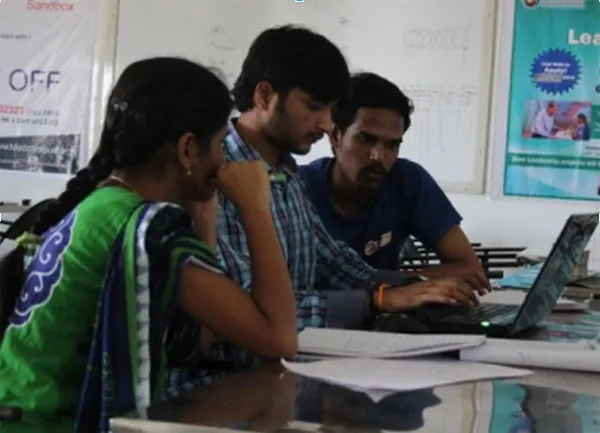
A simple math describing the potential of just one stream of education (engineering) that can create change:
Every year, India enrolls close to 10 lakh engineering students willing to spend four years: four years; four students (one team); one community problem; one big opportunity.
If you are a software engineer, here is a language that might appeal to you.
Four years equals four students which equals one community problem, which equals one solution.
With this, we will not have to look for solutions from large MNCs and other sources. Startups will emerge out of universities and schools with no difficulty.
Which means, in one year, we will have 2.5 lakh student teams (10,00,000/4) across India solving local problems. Now that is scale.
With a system where every student is involved in solving a community problem, we will be very close to achieving the following:
- Food for all
- Health for all
- Education for all
- Security for all
- Connectivity for all
- Transportation for all and so on…
To give some insights into this, here are my observations from a recent experience at a Tier II city, Nizamabad, where Design Thinking process ( tweaked ) used by IITs, NIDs, Stanford University and Ideo was taught to students from rural and sub-urban background. These students had no prior experience of this. The session was conducted at Kakatiya Sandbox, Nizamabad, which is developed in collaboration with Deshpande Foundation, Hubli.
The objective of this three-day workshop was to initiate a change in the mindset of students (or aspiring entrepreneurs) for looking at problems as opportunities, rather than just worry about them. The story of Redbus is a classic example of solving a common man’s problem.

Day 1:
Introduction to design process and immersion
Ability to identify a problem faced by a person is the first and most important step in solving the problem for them.
On day one, the teams got to
- Visit field site / immersion (here it was an old-age home, a government hospital, and a life skill training school)
- Observe users
- Identify problems
- Interview users
When a team is trying to solve a problem, it needs to be in the space both geographically and emotionally to empathize with the problem. Being a silent observer of the scenario of the user who is experiencing the problem will give a first-hand insight into his/her problems.
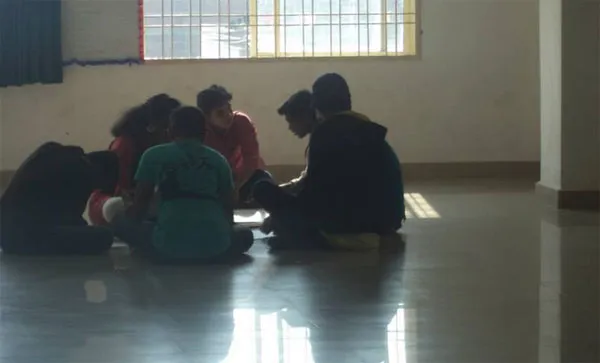
Day 2:
Problem and need statement formation; Filtration
Just as identifying a problem is important, equal importance needs to be given for selecting and defining it. Working on a problem that has no takers is of no use. Hence, choosing the right problem to work on is most critical in the process. A good filtration strategy can be that
- the problem should have big enough impact,
- technologically feasible to solve
- close to your heart or something that you enjoy solving and
- should have scope to generate revenue
These filters for choosing the final problem to work on make it more likely to succeed.
Specification and criteria:
When the team has finalized on the problem (or the need they would want to address), they need to understand the problem and its requirements deeper so as to get a context of why, what and whom they are solving for. It also helps to know the size of the market need and the share that they would be targeting. Besides the above parameters, it is also necessary to have a certain guideline that the solution must have in order to solve the need.
Just to give an idea of what criteria would look like, for example, a travel app like redbus.in should have a minimum of 10 travel agent / operators to choose from. It should have a web-portal or an app which a can be easily accessed in a few seconds. Eight out of 10 users should agree that their registration process and booking was smooth. These parameters set a bar for your product.
Day 3:
Brainstorming:
Usually it’s very easy to jump into a solution and stick to it. Many a times, innovators do not explore all the possible options before jumping into one final solution. A good brainstorming session that is facilitated well will yield great solutions. Even in the process of creativity, we will require certain rules to be followed in order to get great results.
Concept generation:
A brainstorming session generates several concepts at the end which can then be interconnected. When you take up the top three solutions that best solve the problem, then you get a good picture of what your final solution would look like. This would usually be far better than the one idea that you would have started off with immediately after seeing a problem!
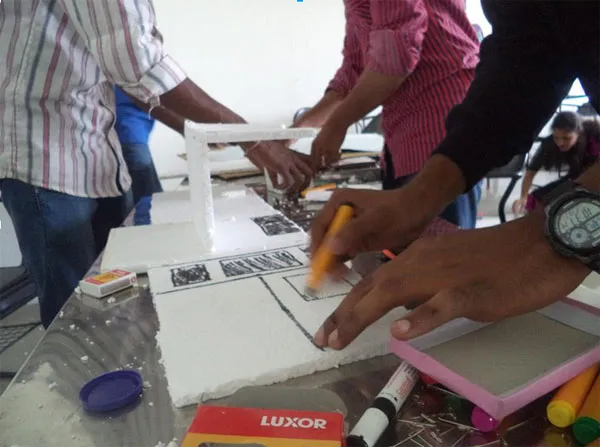
Prototyping:
Prototyping is a way you represent your solutions in a simplistic model and communicate your thought process to the user. It is one of the best ways to take feedback from the user about what worked and what failed to work for solving their problem. Prototyping also teaches how to quickly fail and learn from mistakes.
Concept selection:
After prototyping and feedback from users, you will have a final concept that can be taken to the next level of prototyping which will involve some better components to show a functional prototype.
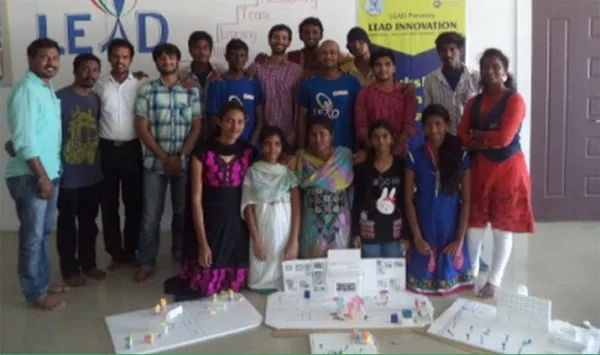
With the process described here, there is no doubt that the students can build great solutions for deep-rooted problems of their community. A recent training on innovation at Trivandrum suggests that students can learn to solve unmet needs with a bit of training and mentorship.
What experience changed your mindset to look at problems as opportunities? Do comment.
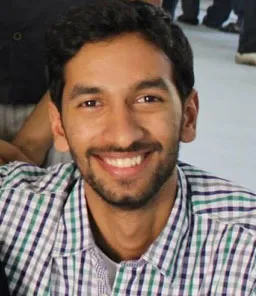
About the author:
Adithya Pasupuleti works in the space of student innovation and entrepreneurship. He is the Founder at Innovation 101, which empowers student innovators and aspiring entrepreneurs. He has worked with several organizations like HTIC - IIT Madras, IIM Bangalore, Stanford India Biodesign, Ganit Labs, IISc-Bangalore and NCBS in various capacities. During his graduation, he started a non-profit, Little Seva, which supports underprivileged children. Adithya can be reached at https://www.linkedin.com/in/padithya or [email protected]







